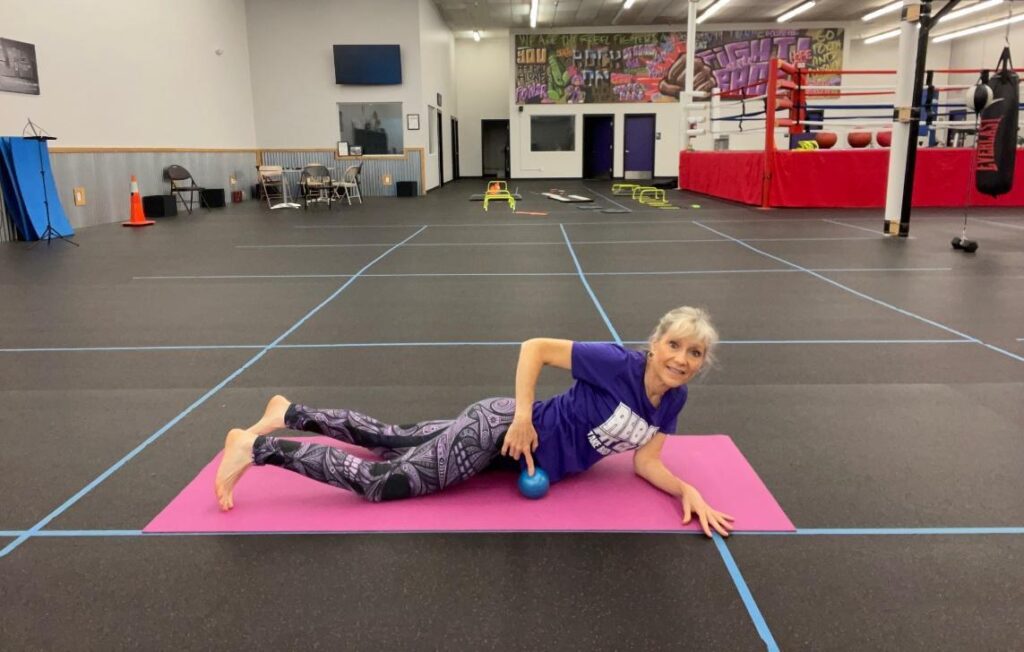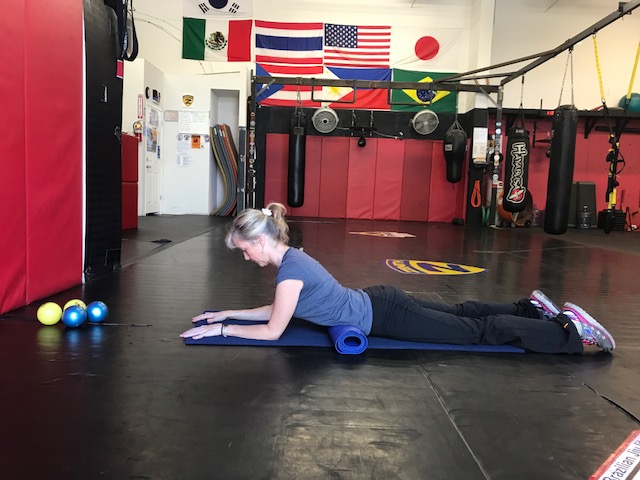My Early Bird Young Onset boxing class often see me rolling out my feet when they arrive to class. They ask me, “Oh, do your feet hurt?” My answer is, “No, I’m preventing that from happening.” This is a routine I do every morning and night to prevent foot pain and cramps.
Do not take your feet and ankles for granted. You put all your weight on them and expect them to track correctly as you walk, stand, lunge, jump, and even bike. Your feet help calibrate the alignment of the rest of your body. The bones of your feet move with every step influencing how your ankles, knees, hips and spine move and align with one another.
With Parkinson’s Disease feet can cramp, pain, tingle, tremor, pronate, curl up, and collapse due to neuromuscular disconnect, tight tissue, and faulty gait mechanics. Why would you ignore such an important part of your body which can affect your balance and quality of life? You must treat your feet.
Continue reading “Hamstrings and Calves Tight Due To Parkinson’s? Address Your Feet!”




